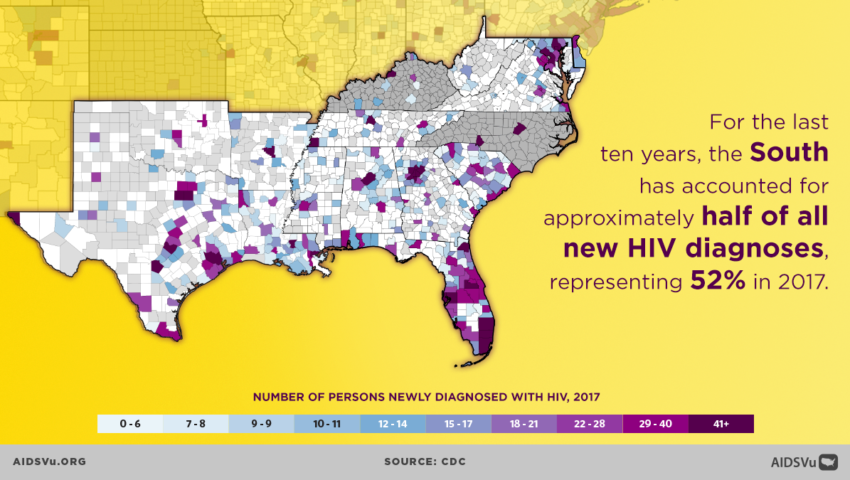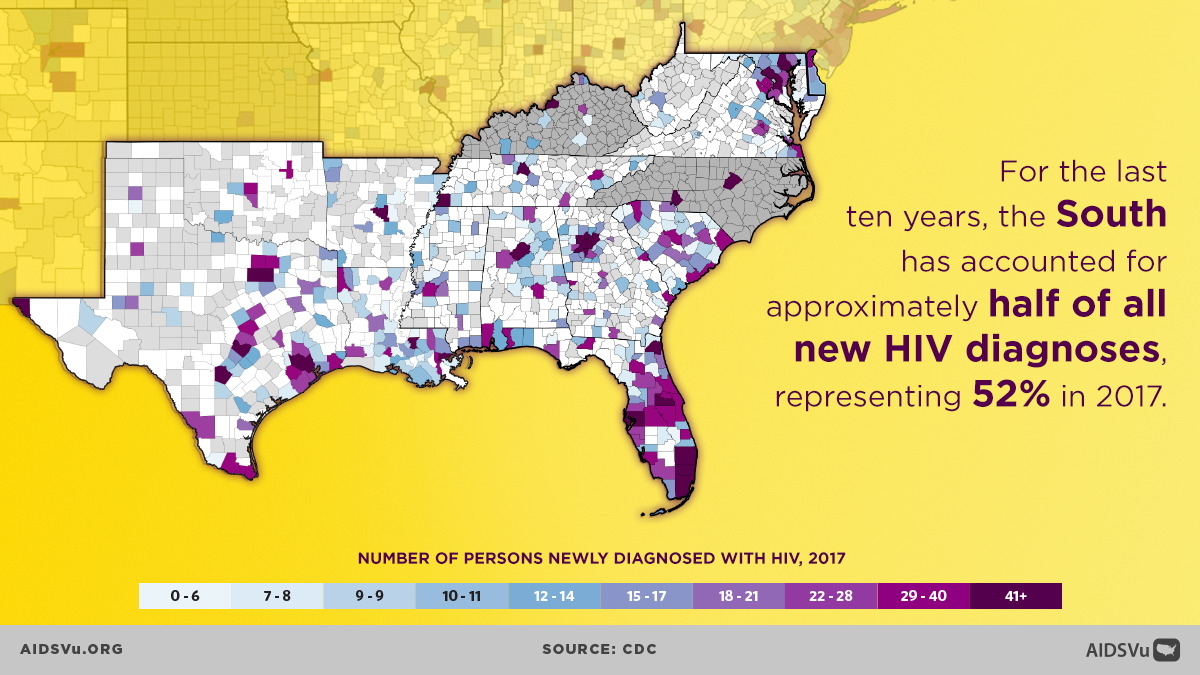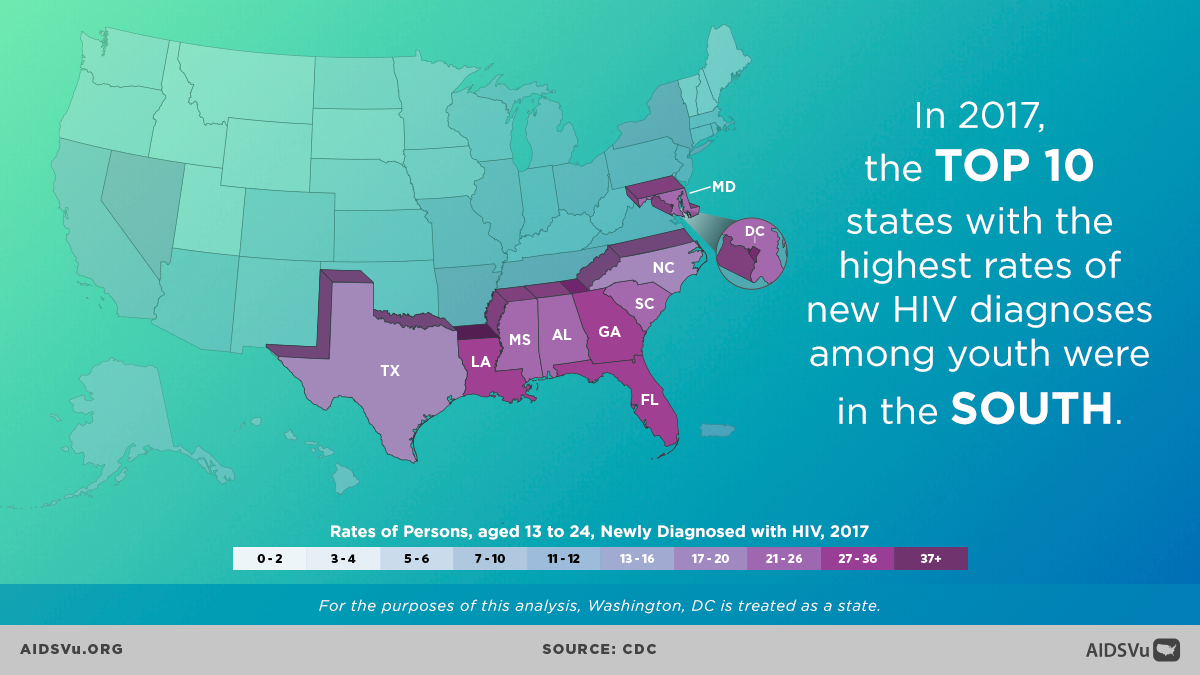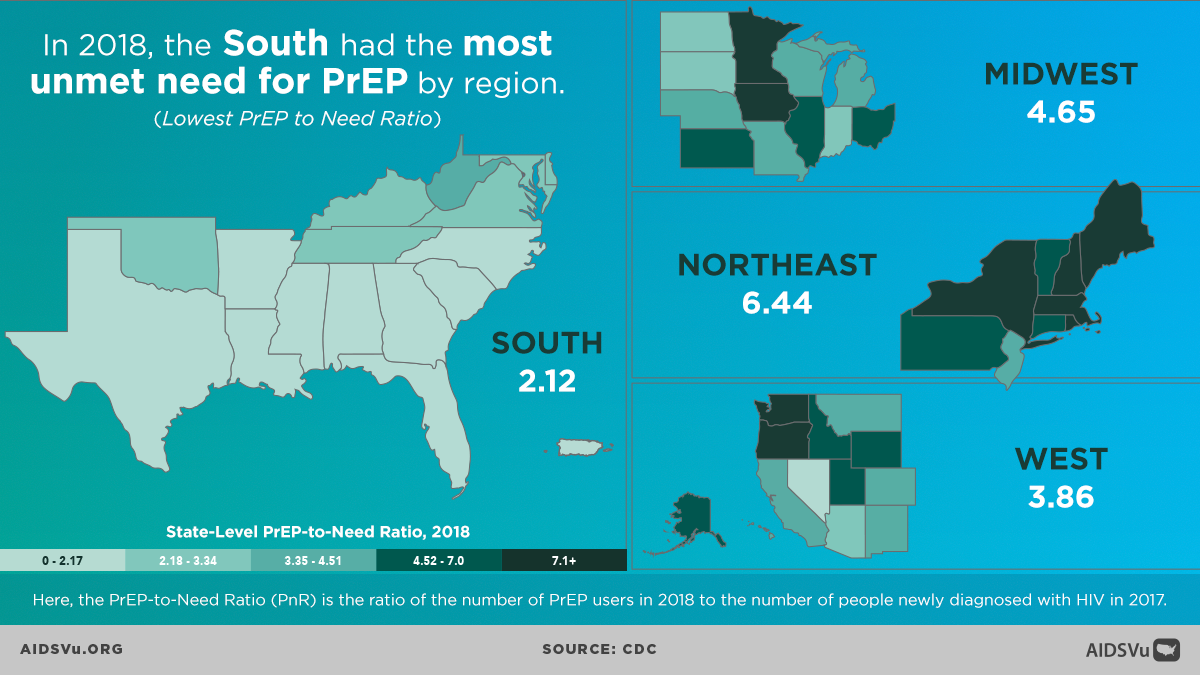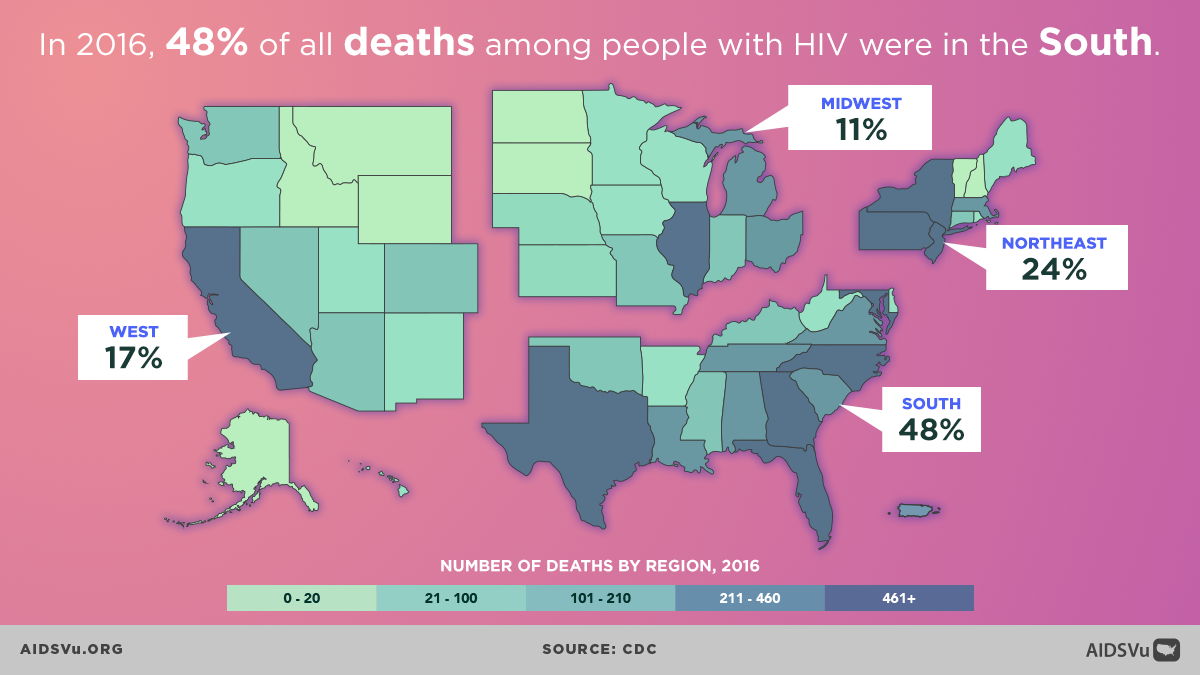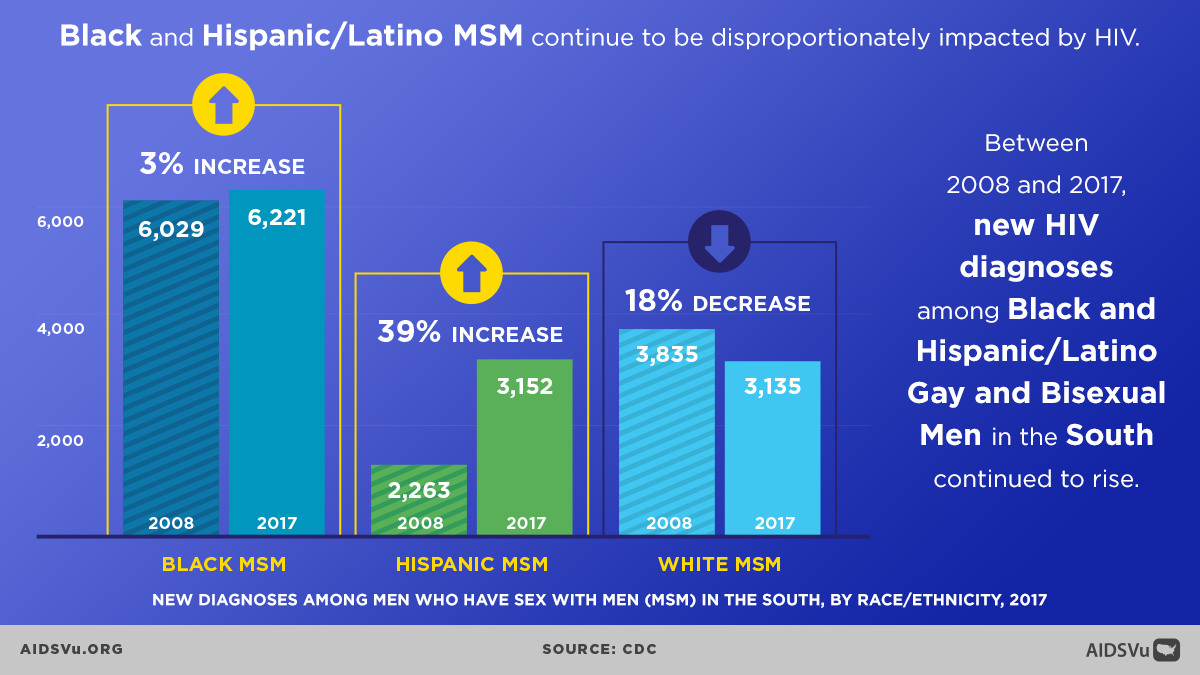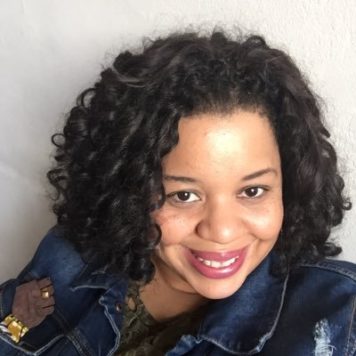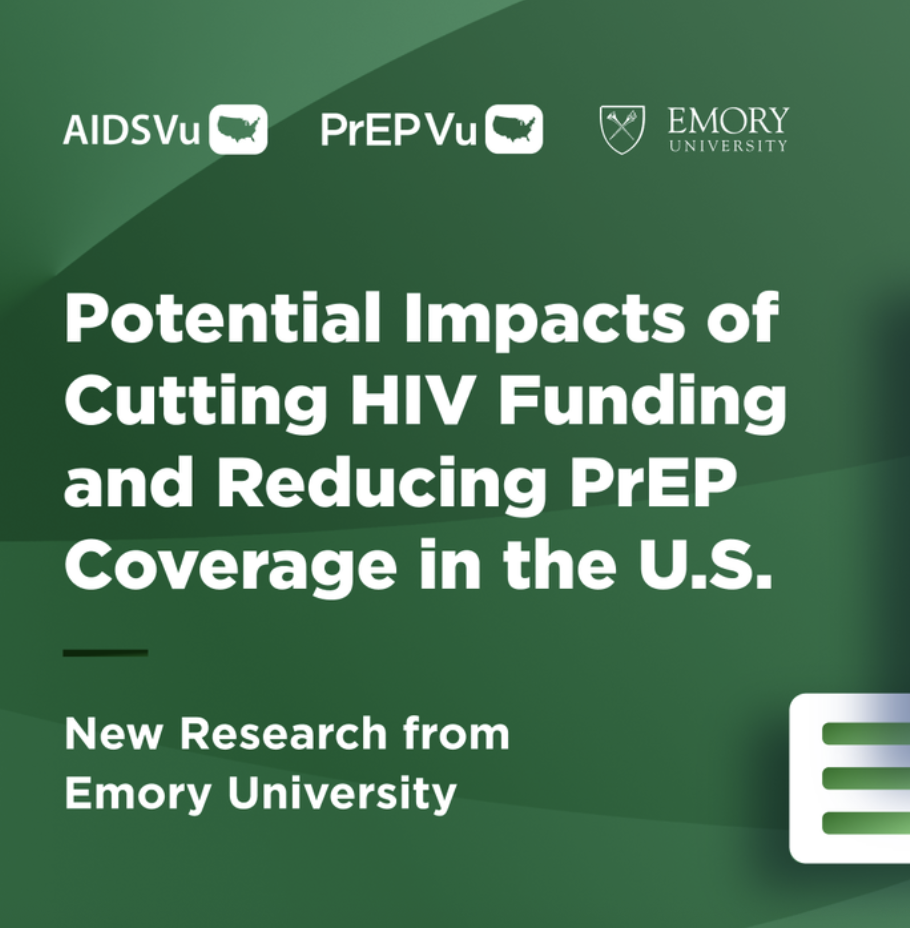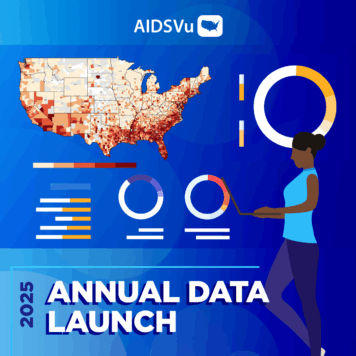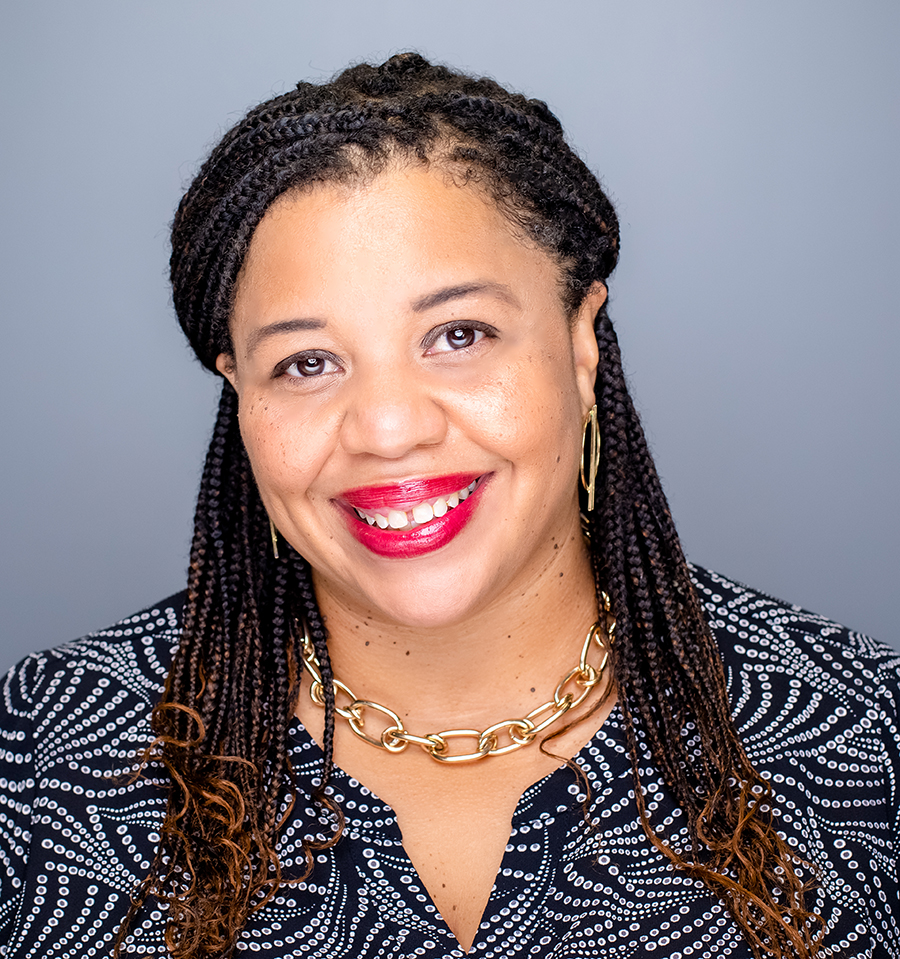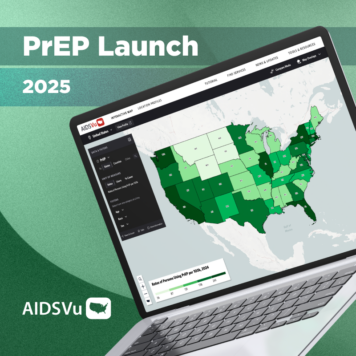This August 20, AIDSVu recognizes the first Southern HIV/AIDS Awareness Day (SHAAD). Launched by Southern AIDS Coalition (SAC), SHAAD highlights the disproportionate impact of HIV on the Southern U.S. and advocates for resources and solutions to stem the tide of HIV/AIDS in the South.
In 2017, the South accounted for approximately 45% of all people living with an HIV diagnosis and 52% of all new HIV diagnoses, despite only comprising 38% of the U.S. population. The HIV epidemic is most acute in the Southern U.S., which experiences the greatest burden of new HIV infection, illness, and deaths of any U.S. region.
Certain communities, such as Black gay and bisexual men, are seeing increasing rates of new HIV infection in the South.
In early 2019, President Trump introduced the Ending the HIV Epidemic: A Plan for America initiative, which seeks to end HIV in the United States by 2030. Funding will primarily be distributed to 48 counties with the highest burden of new HIV diagnoses along with San Juan, Puerto Rico and Washington, D.C. and seven states (Alabama, Arkansas, Kentucky, Mississippi, Missouri, Oklahoma, and South Carolina) with a substantial rural HIV burden.
Of the 48 highest burden counties targeted by the Initiative, 48% are in the South.
AIDSVu’s interactive maps visualize HIV prevalence, new diagnoses, and mortality through the U.S., including the Southern U.S. In addition, AIDSVu has developed a series of resources to illustrate the HIV epidemic in the South, including:
- A series of infographics focusing on HIV in the South
- A Deeper Look at HIV in the South, a page dedicated to exploring the disproportionate impact of HIV on the South
- ZIP Code-level data showing HIV prevalence (2017) for nearly 40 U.S. cities, including over 20 Southern cities
- Comparison maps of social determinants of health – such as poverty, high school education, median household income, income inequality, and people without health insurance
- Service locators for HIV prevention, testing, and Ryan White care services, as well as locations of housing opportunities for persons with AIDS and NIH-funded HIV prevention, vaccine, and treatment trial locations, which are all viewable on AIDSVu’s interactive maps as well.
- Q&A blogs with experts on HIV in the South

